Editor’s note: In this article, our SalvationDATA forensic experts will demonstrate how to reconstruct RAID 5 in seconds. RAID 5 is based on block-level striping with parity. The parity information is striped across each drive, allowing the array to function even if one drive were to fail. The array’s architecture allows read and write operations to span multiple drives. This results in performance that is usually better than that of a single drive, but not as high as that of a RAID 0 array. RAID 5 requires at least three disks, but it is often recommended to use at least five disks for performance reasons.
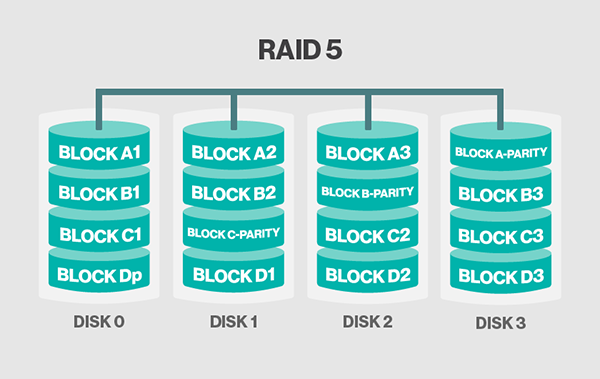
How RAID 5 works?
RAID 5, also known as “parity,” is an error-detection method used to detect and correct errors in data transmissions by performing specific checks of the data blocks within a stripe. In the event of a single drive failure, the information for the missing drive or media can be recreated by examining the remaining data and the parity information. This information enables the system to regenerate the missing data bits.
RAID 5 incorporates data striping. With a RAID 5 array using three or more drives, data and parity are striped across all the drives. Data is processed on two drives while the third drive holds the parity information. If one of the data drives is lost, the parity information ensures that the missing data can be recreated.
RAID 5 combines good performance, fault tolerance, high capacity, and storage efficiency. Because of the need for the system to calculate parity information during write activity, RAID 5 is best suited to situations where read activity is much higher than write activity. (For situations where write activity is high, RAID 1 is probably a better choice).
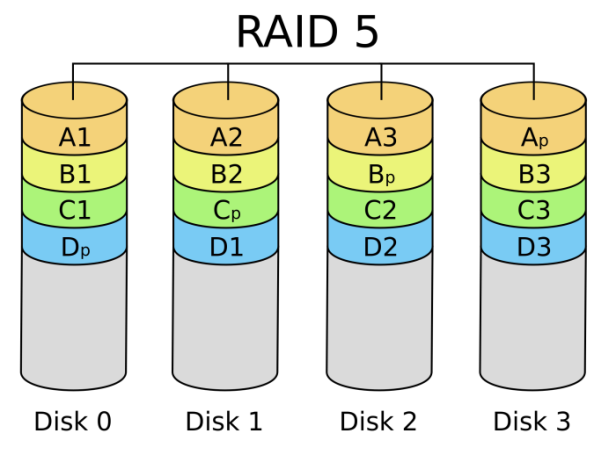
While RAID 5 array is a generally stable and reliable way to manage and access data, like all mechanical devices, they can and do break down from time to time. When they do, the consequences can be significant, causing you to lose valuable files and information.
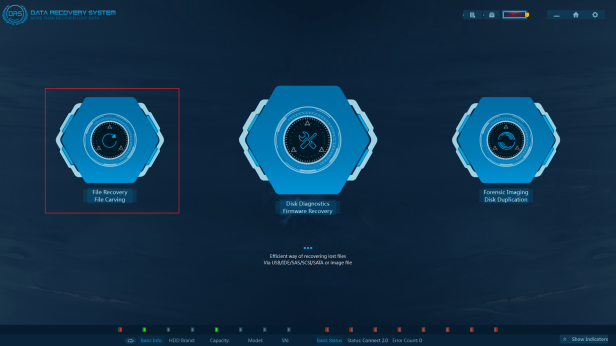

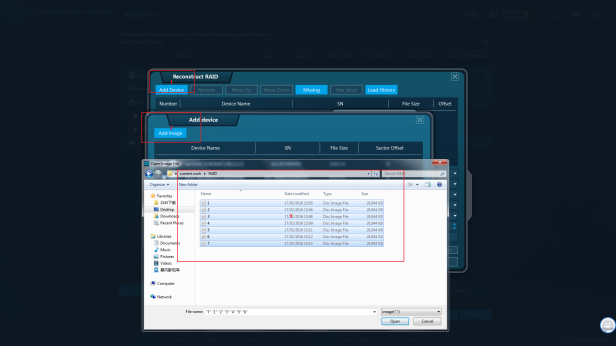
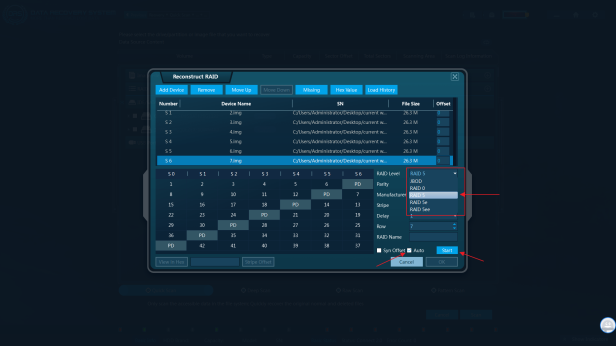
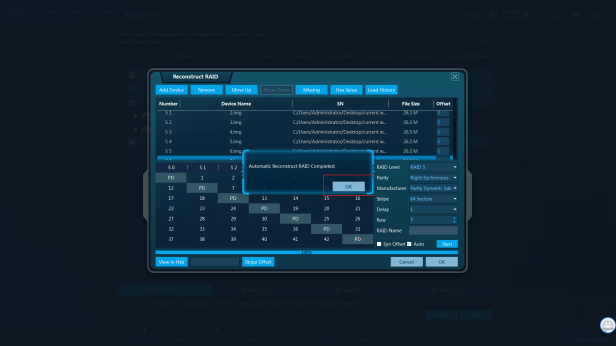
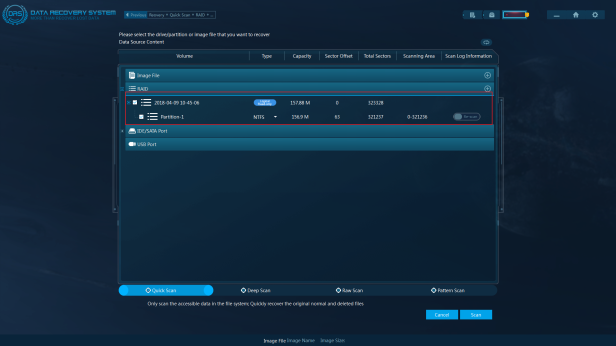

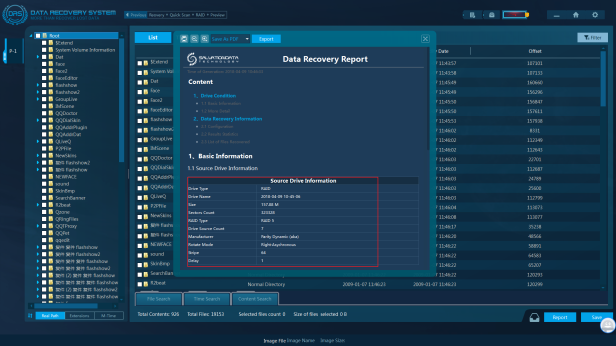
DRS can reconstruct the most types of arrays just as easily as a single hard disk. DRS recognizes all imaginable configurations of various types of arrays, including RAID 0, RAID 5, 5E 5EE, and JBOD, no matter whether they are connected to a RAID server or a dedicated RAID controller.
